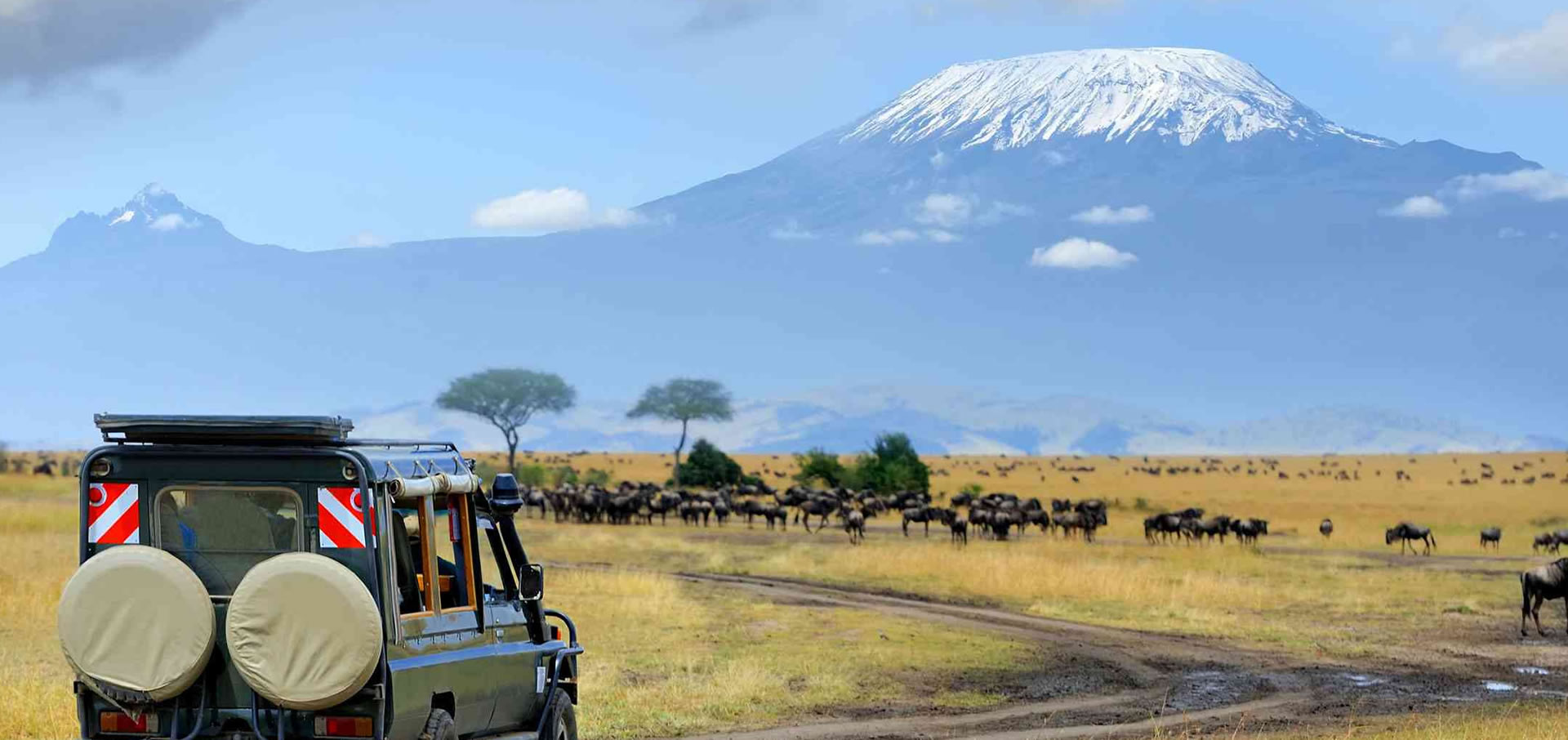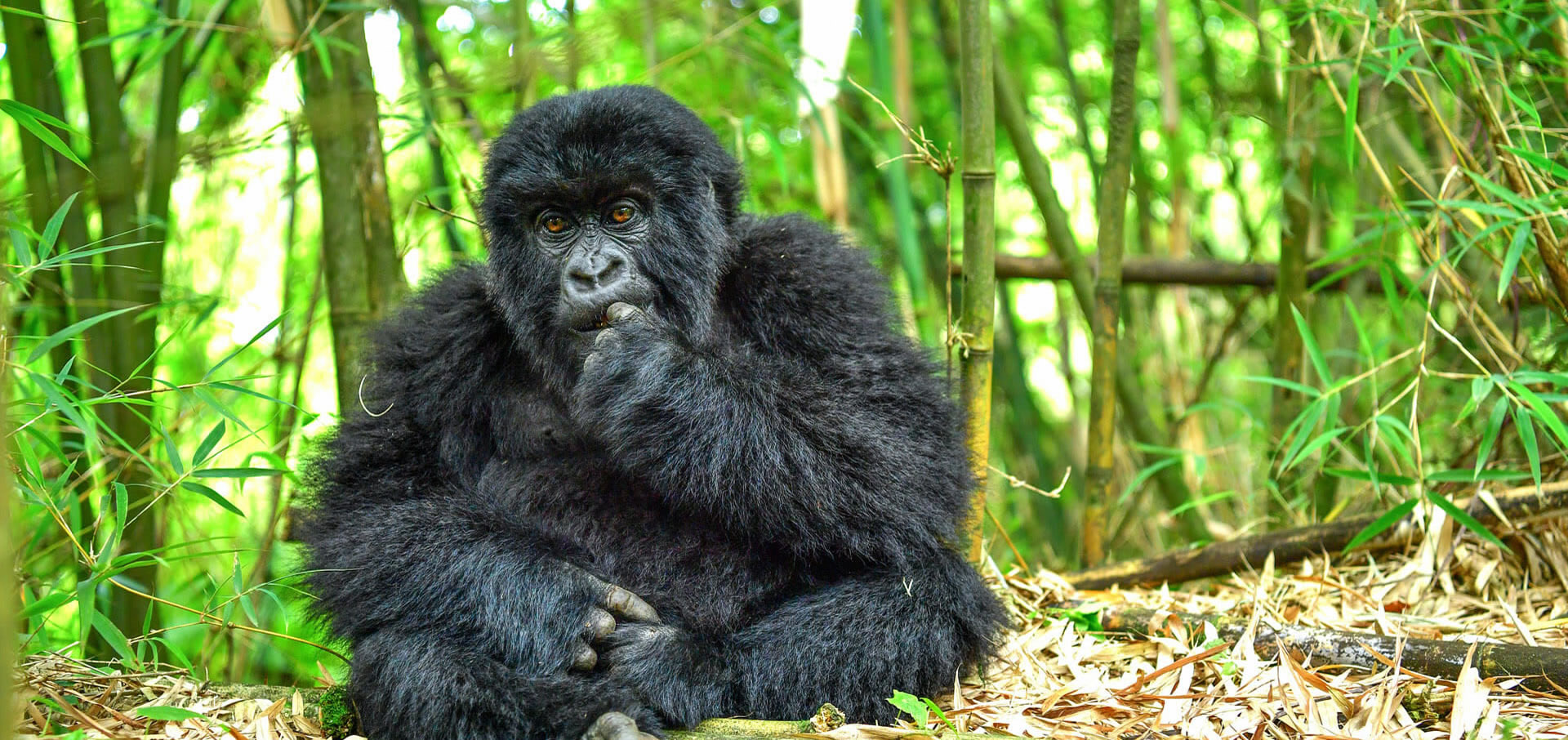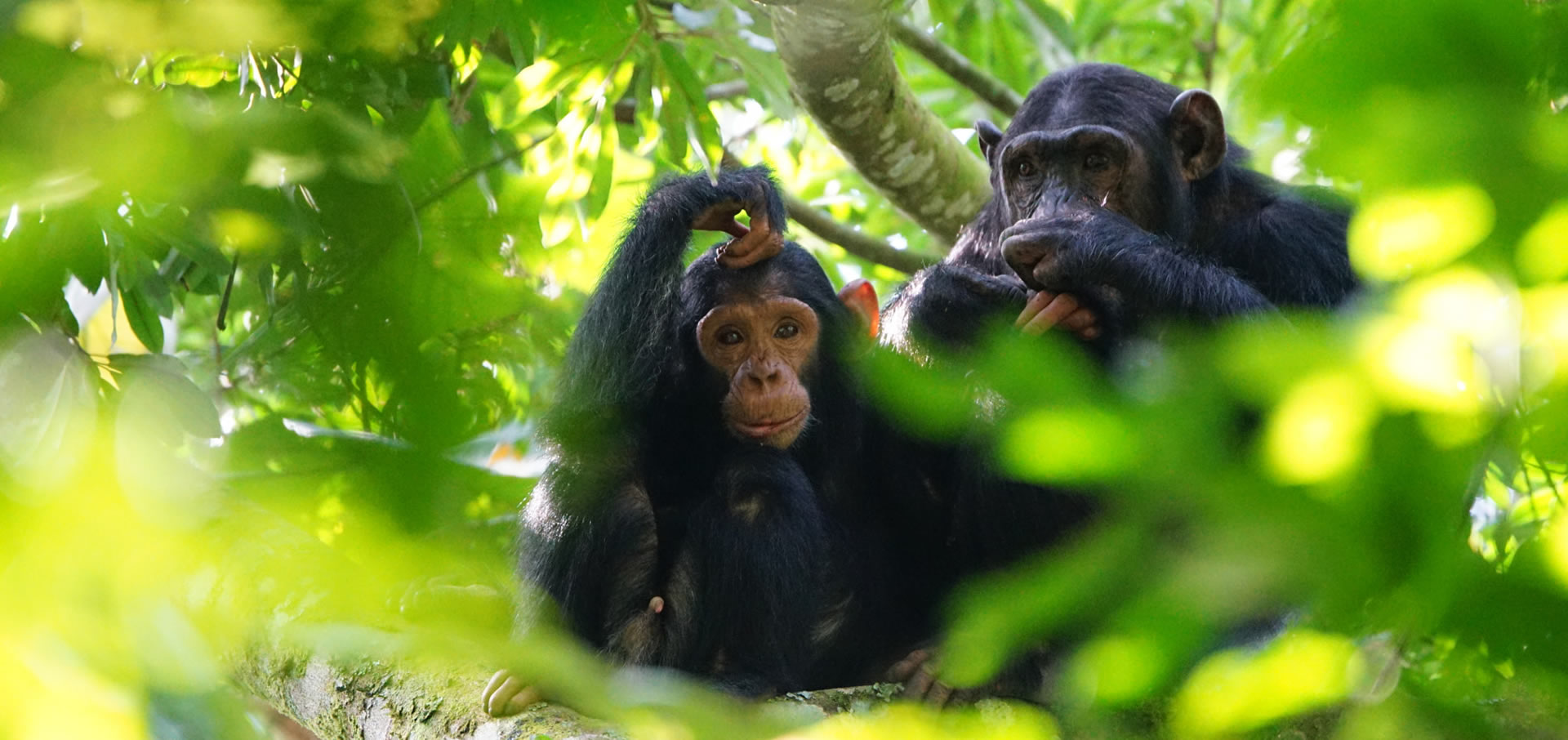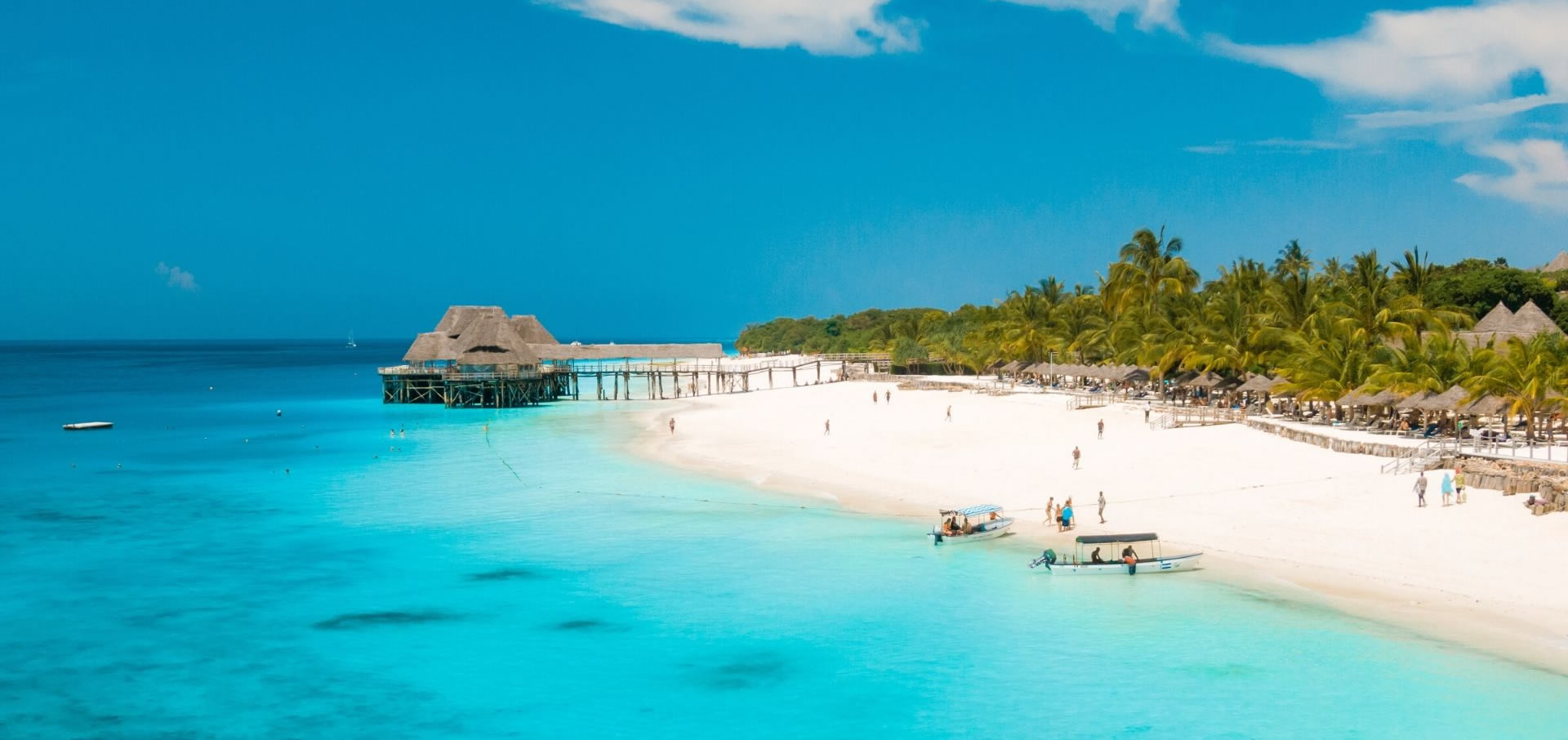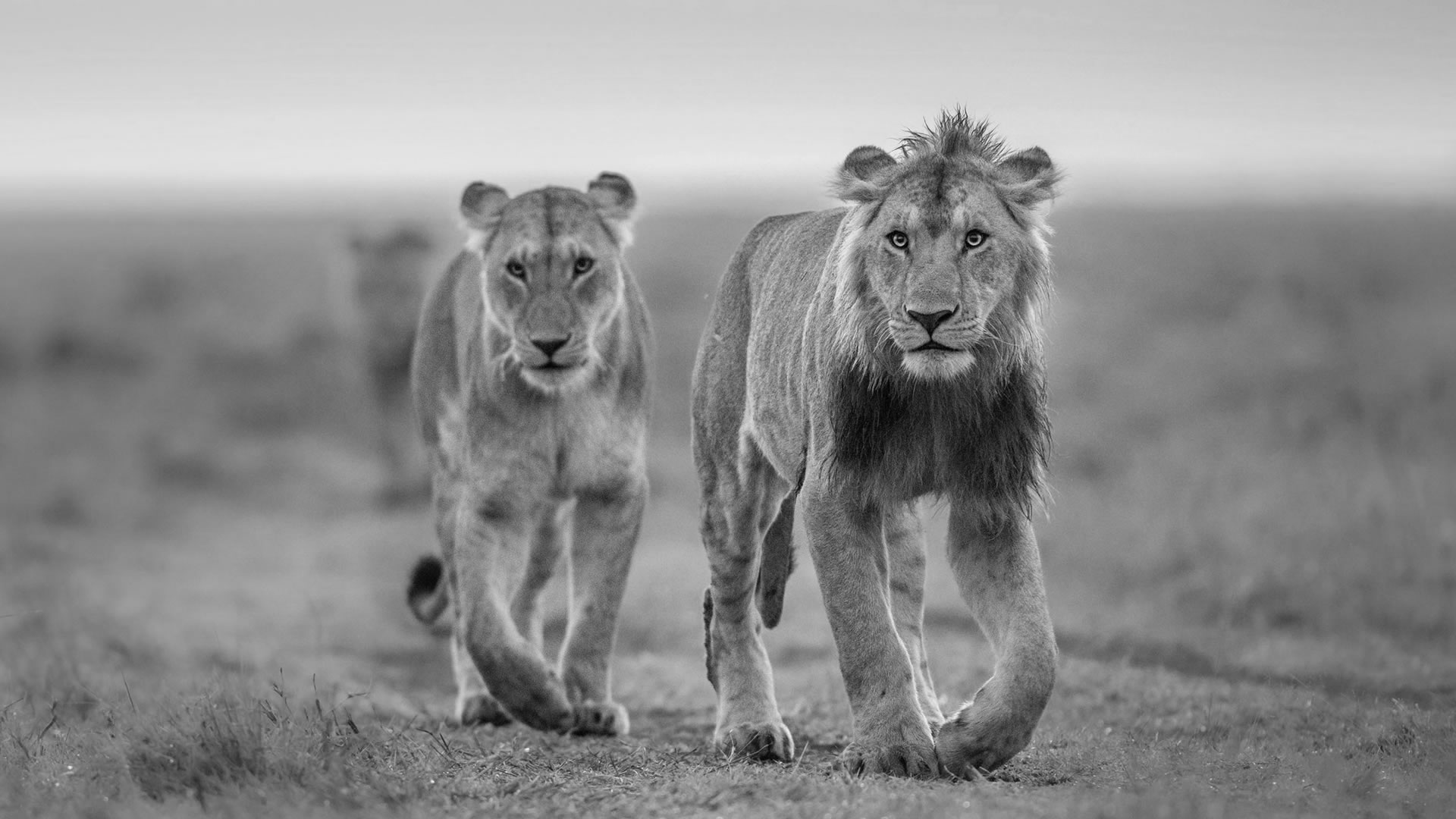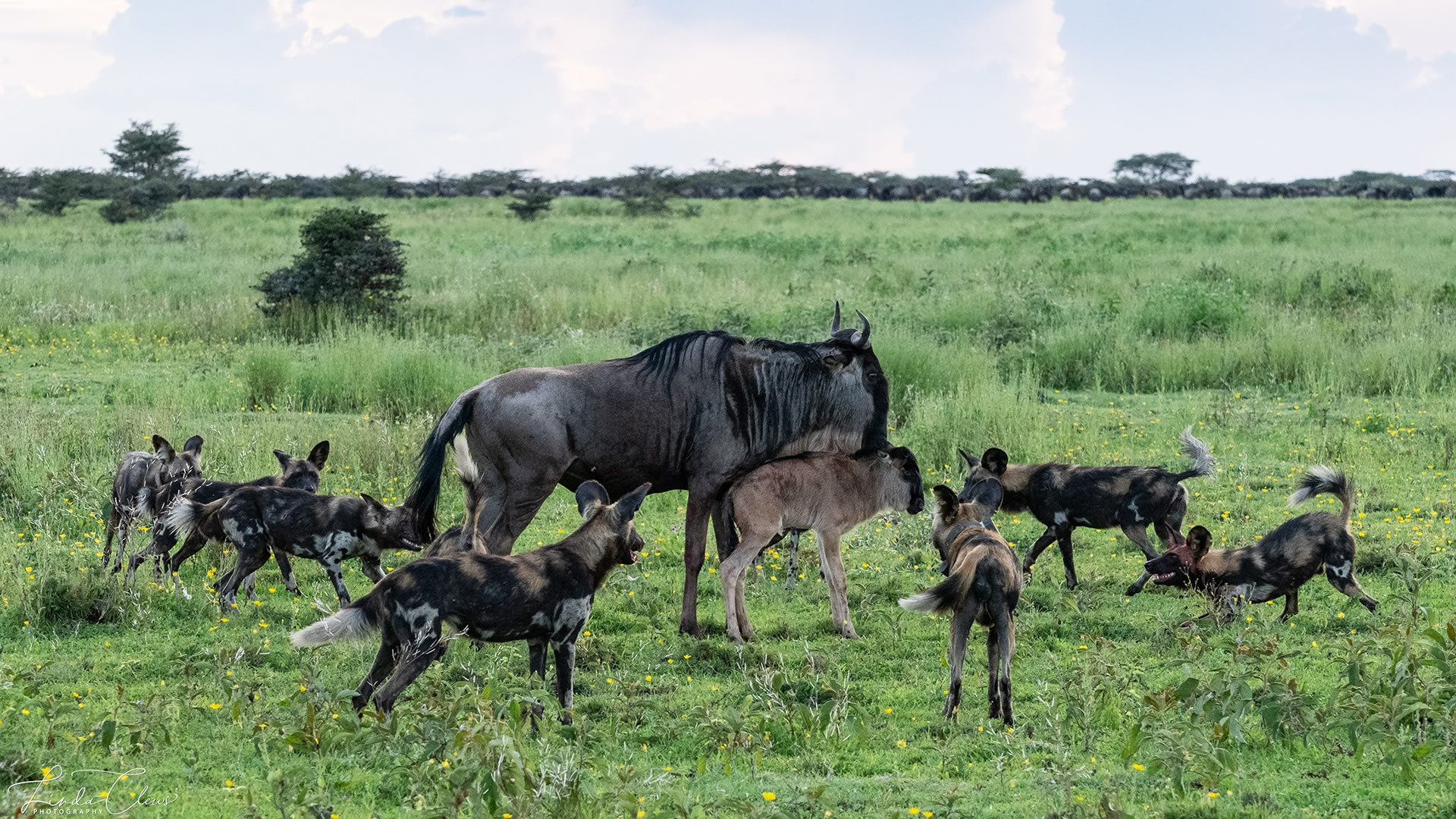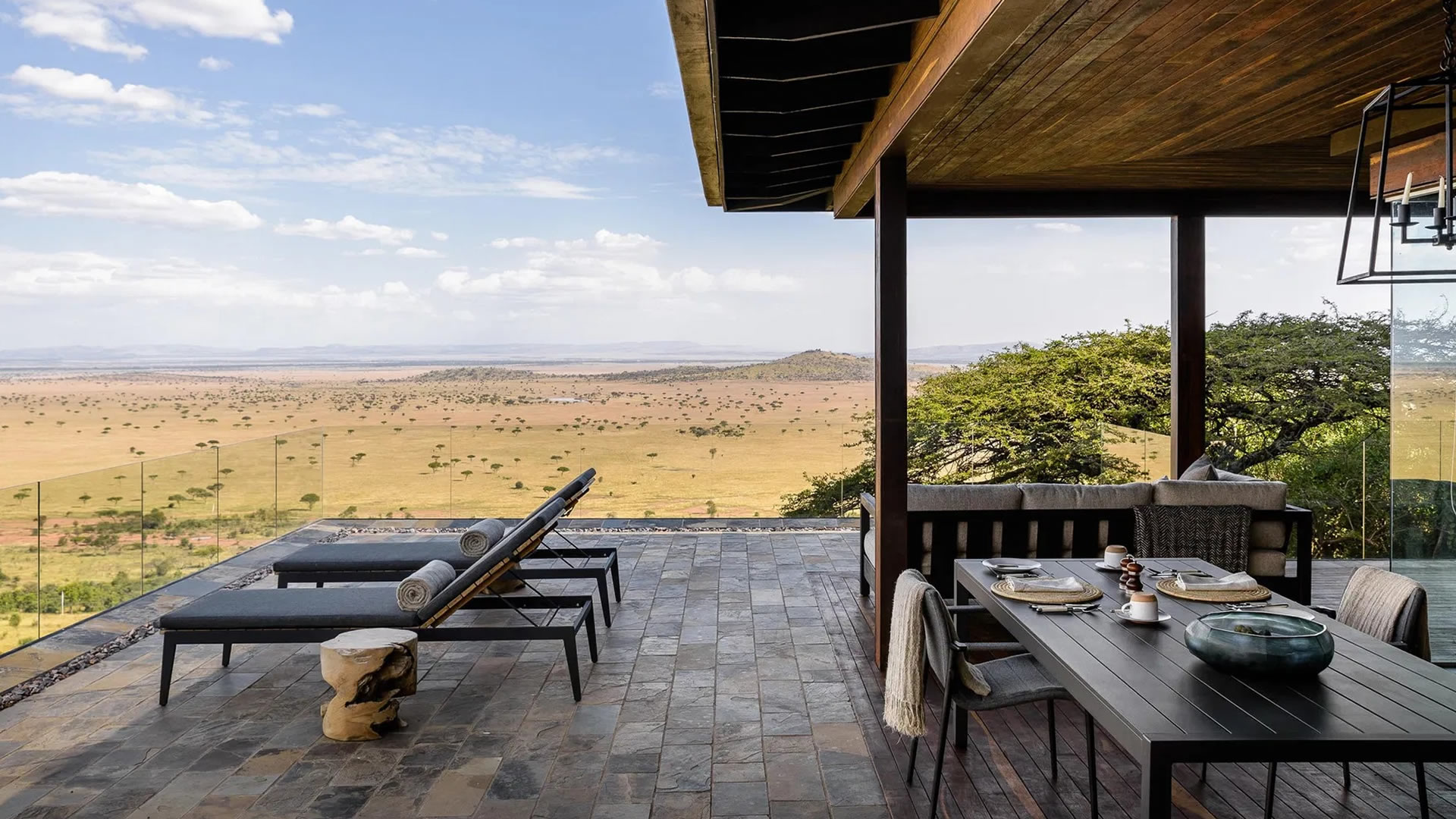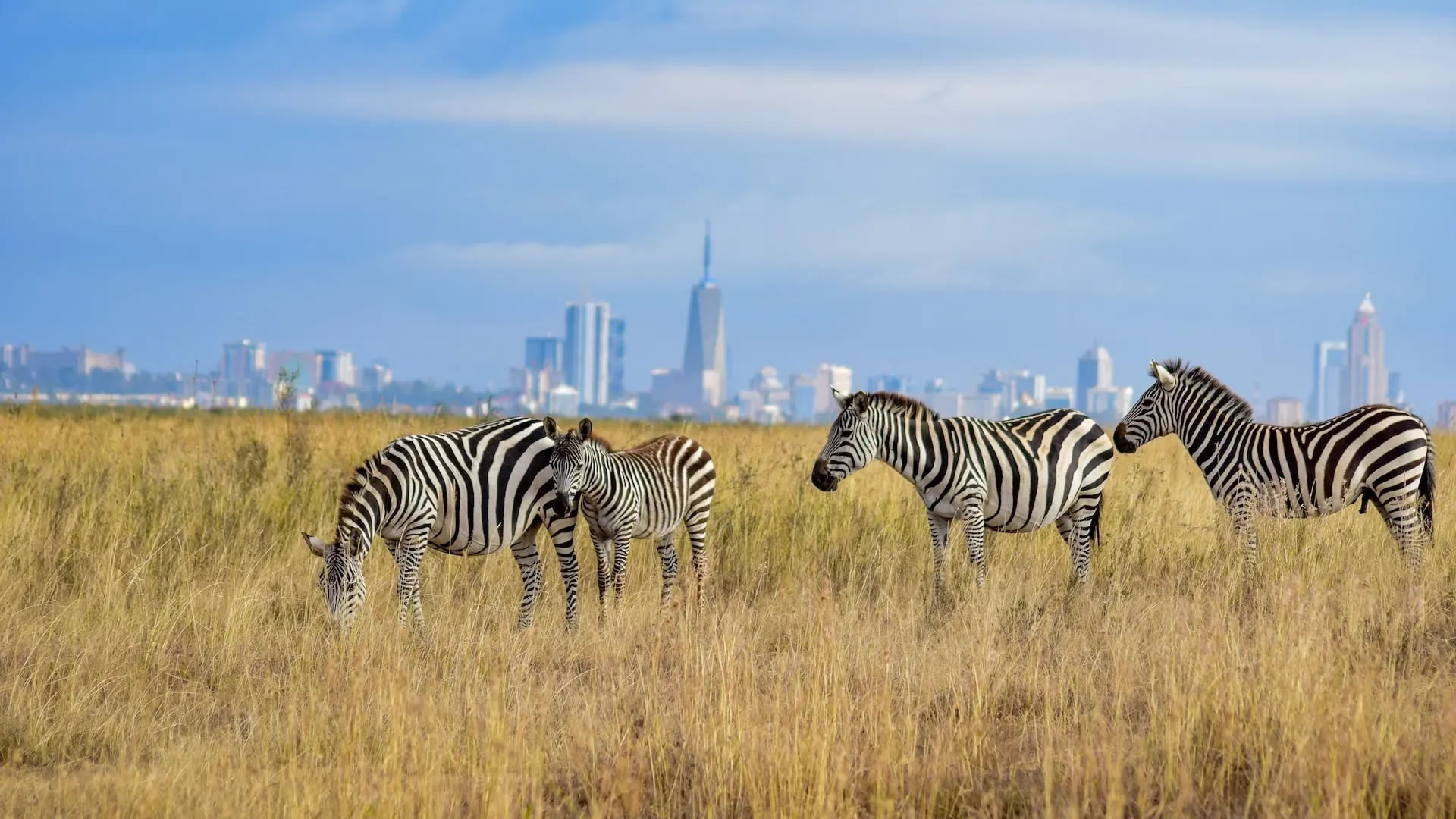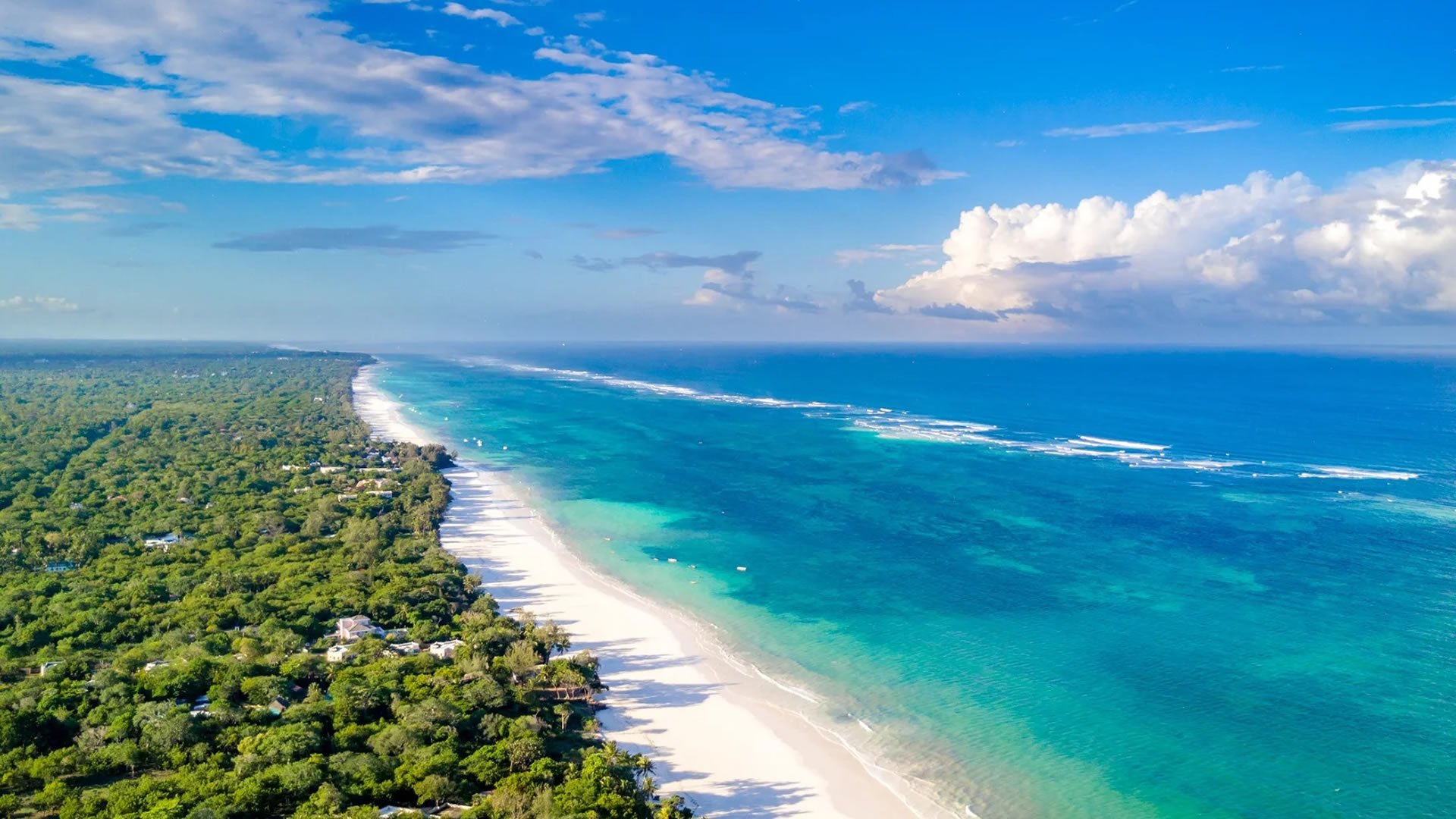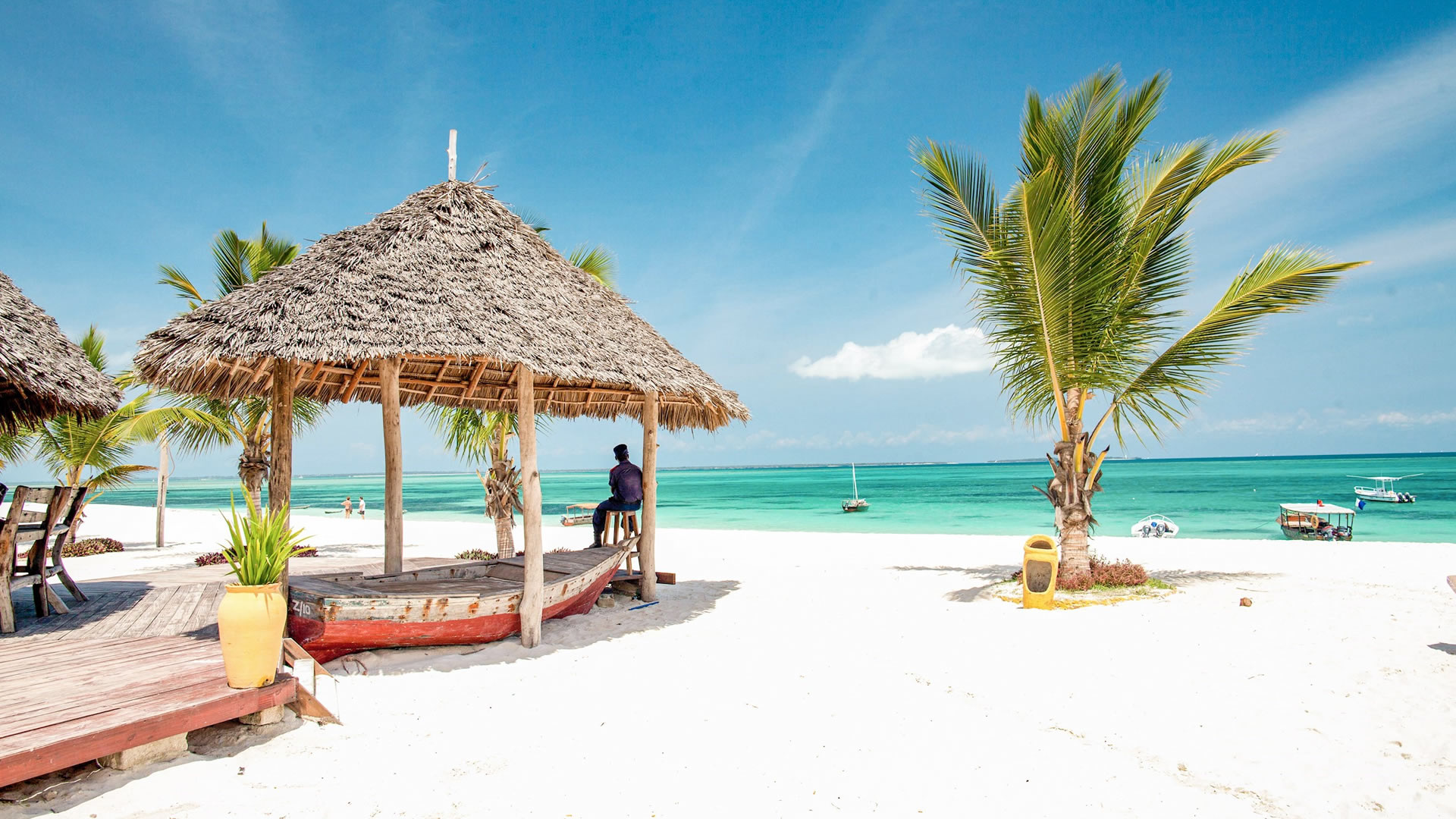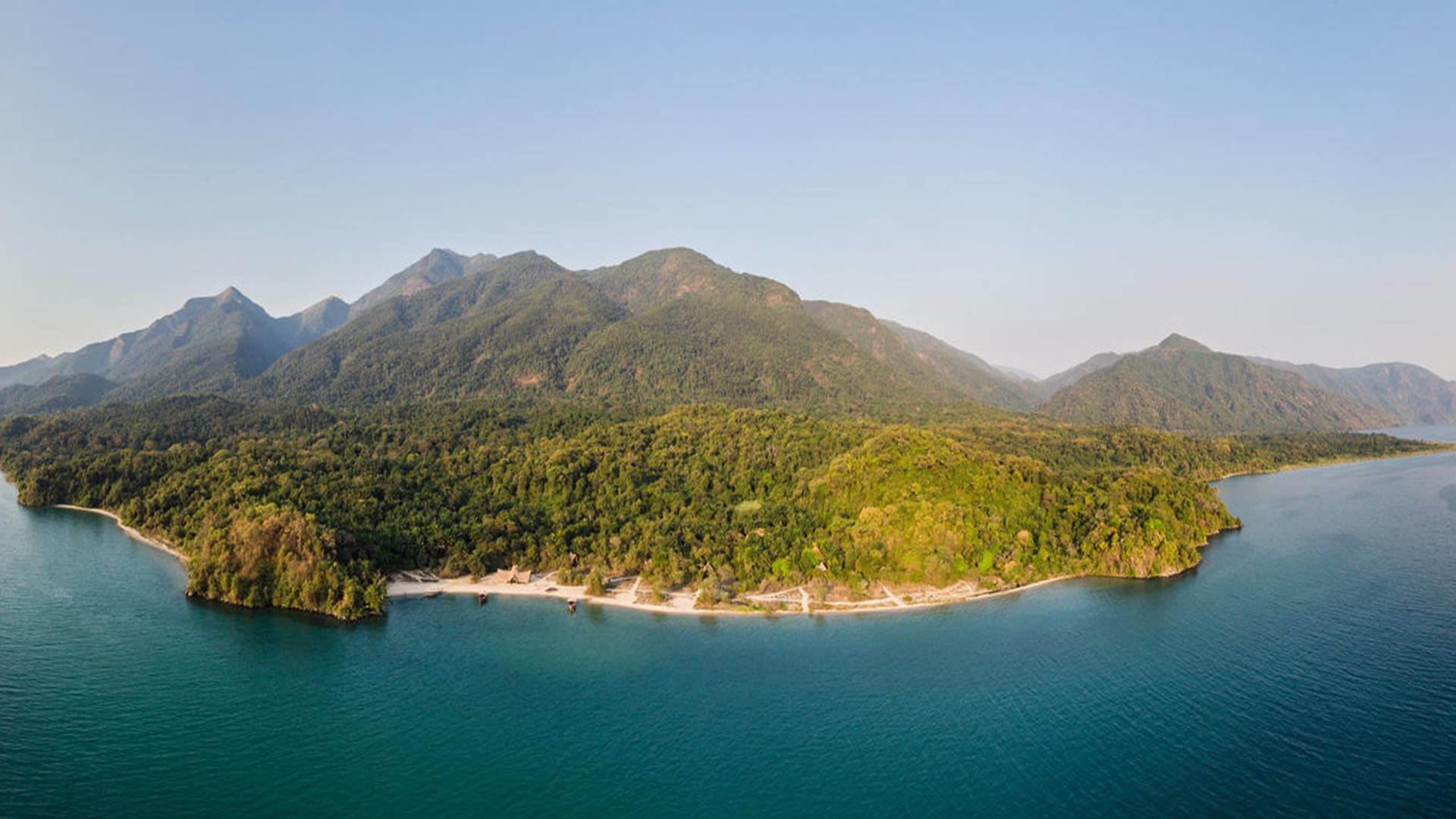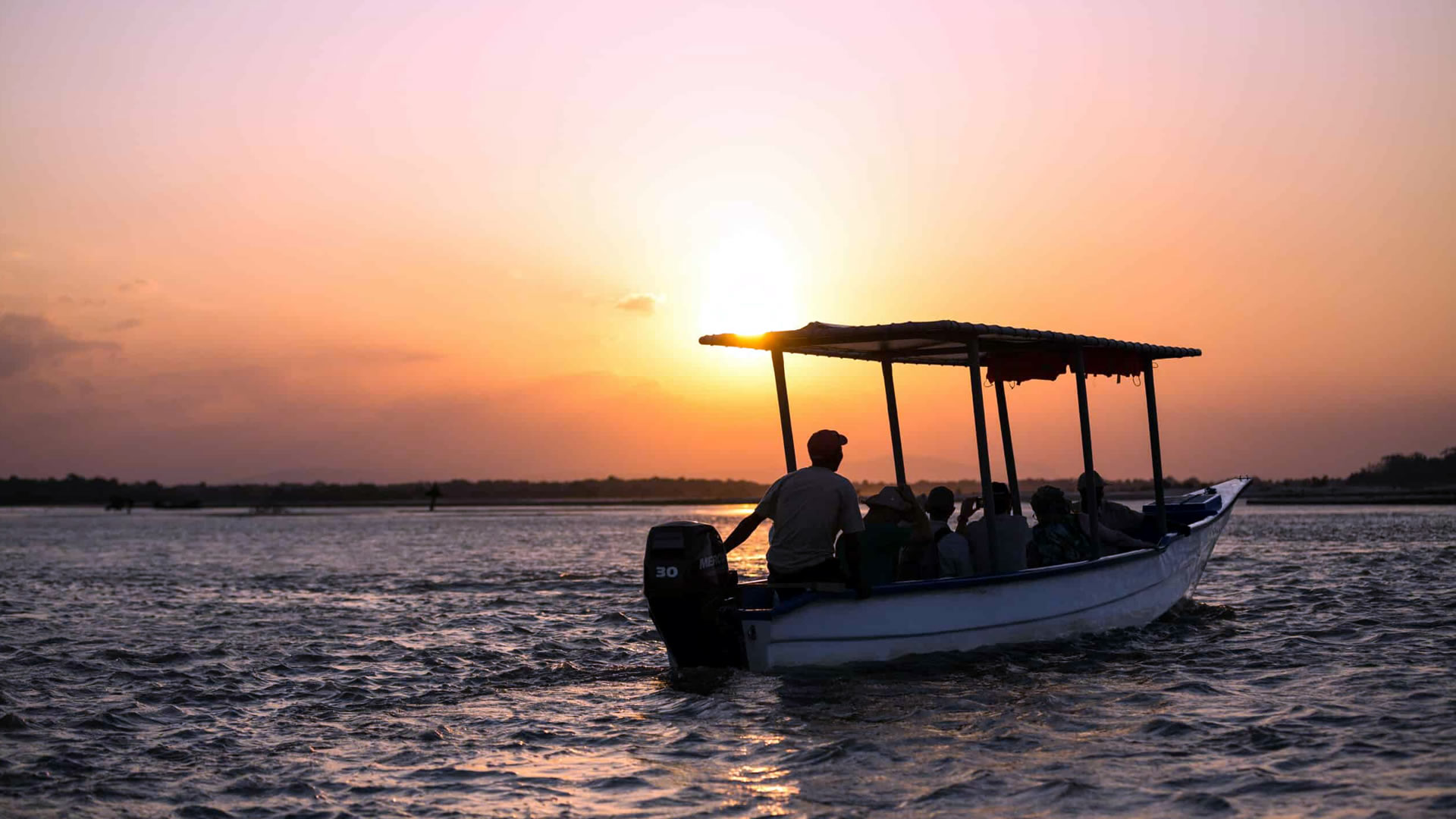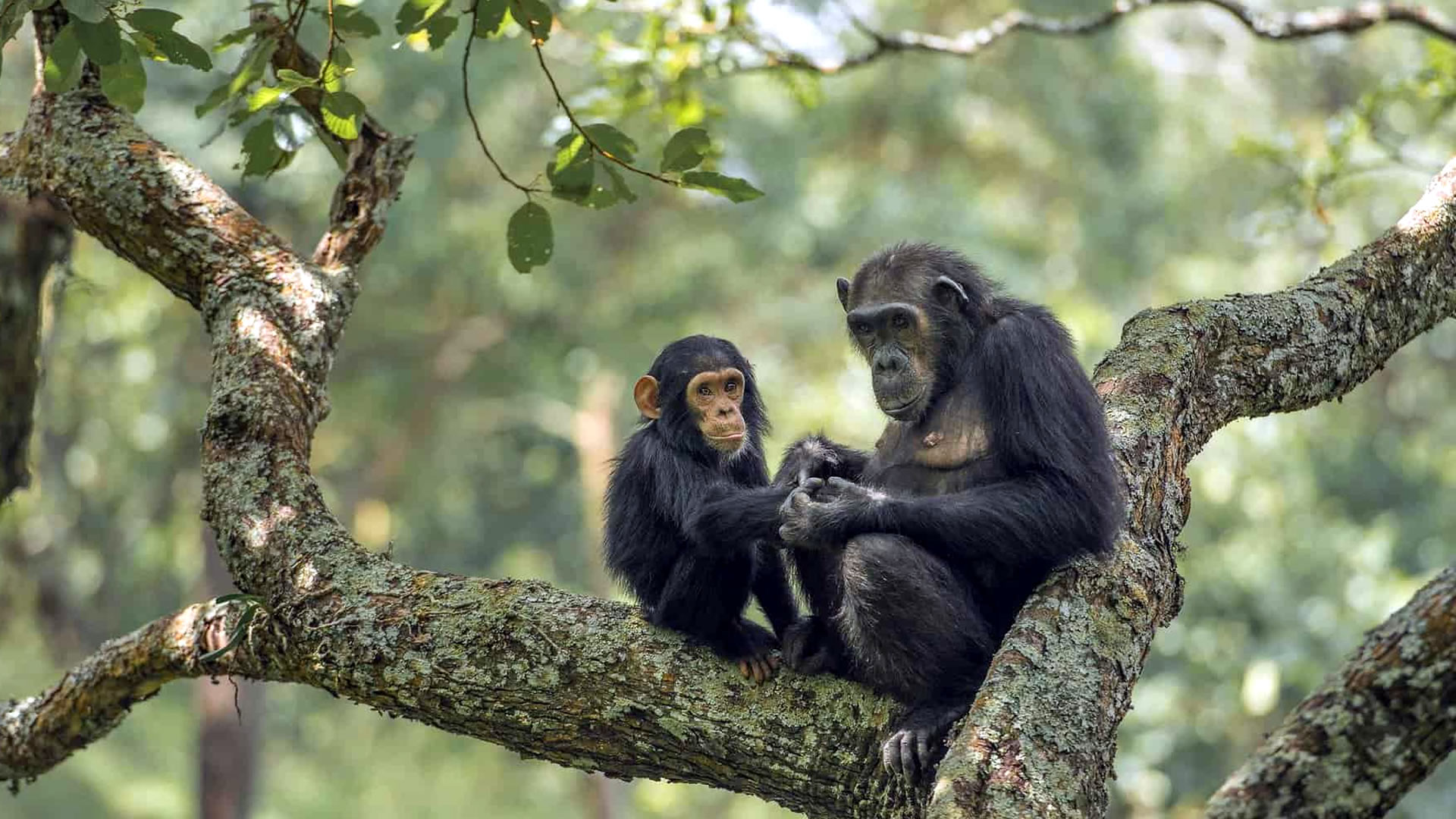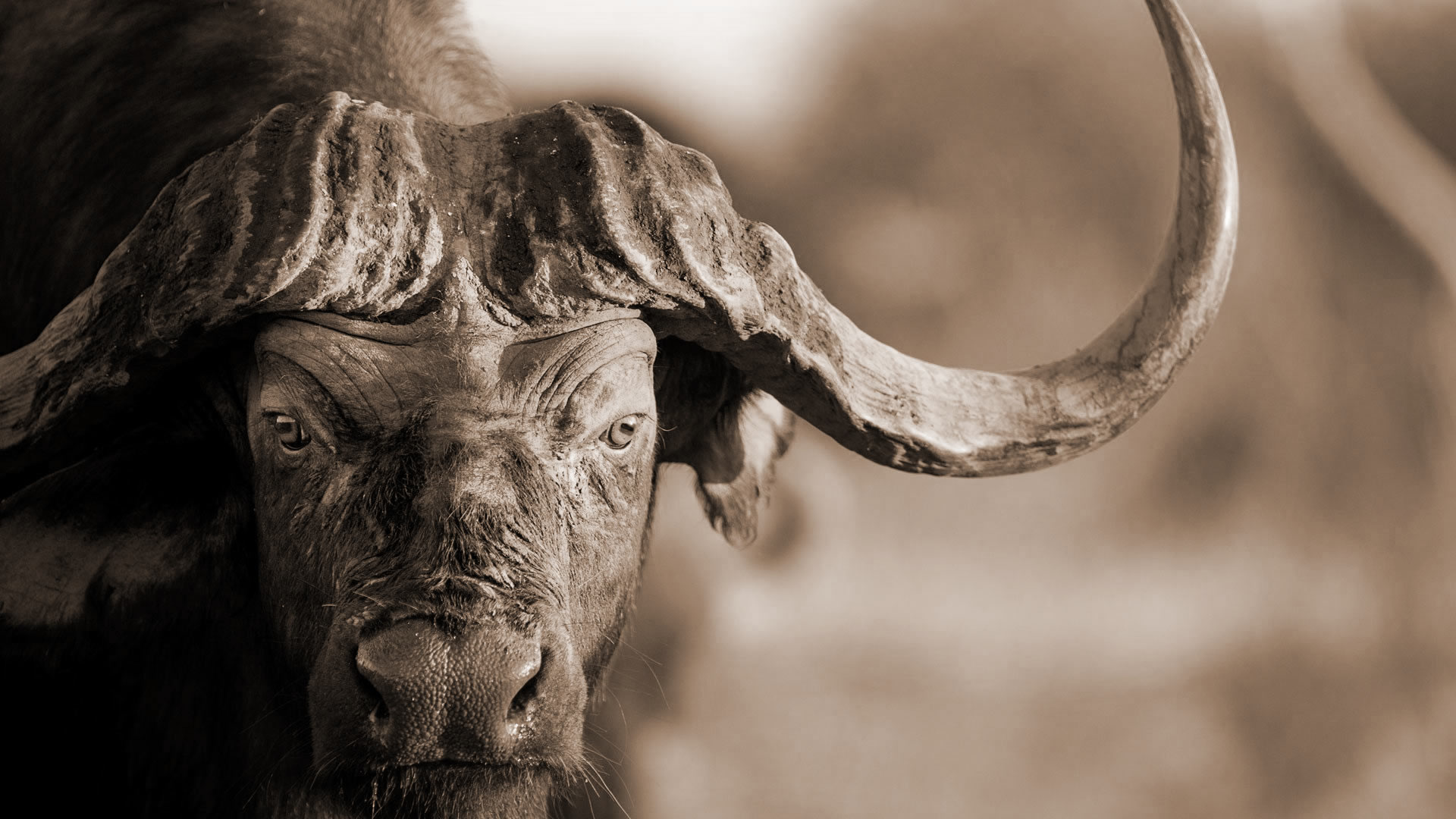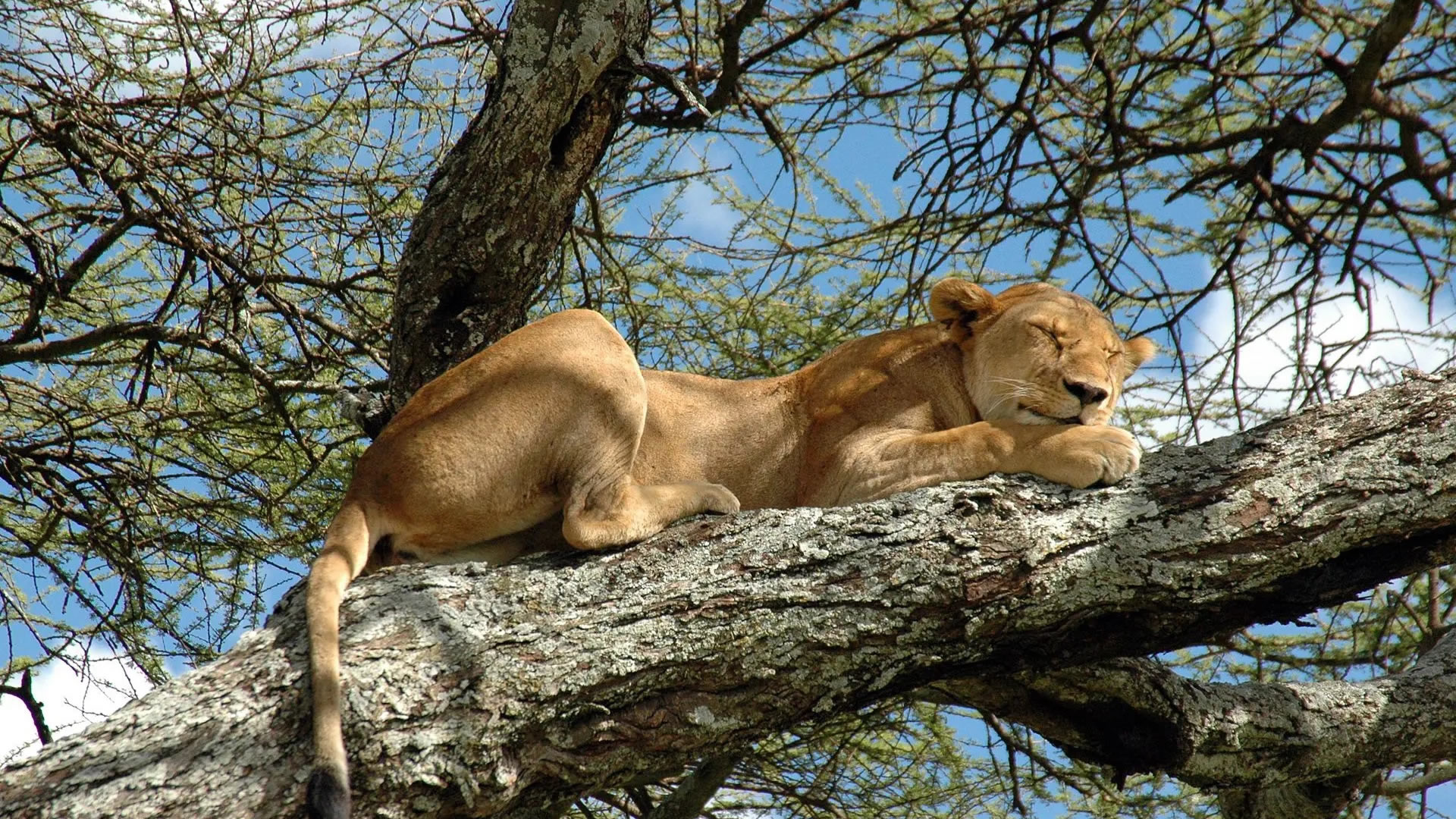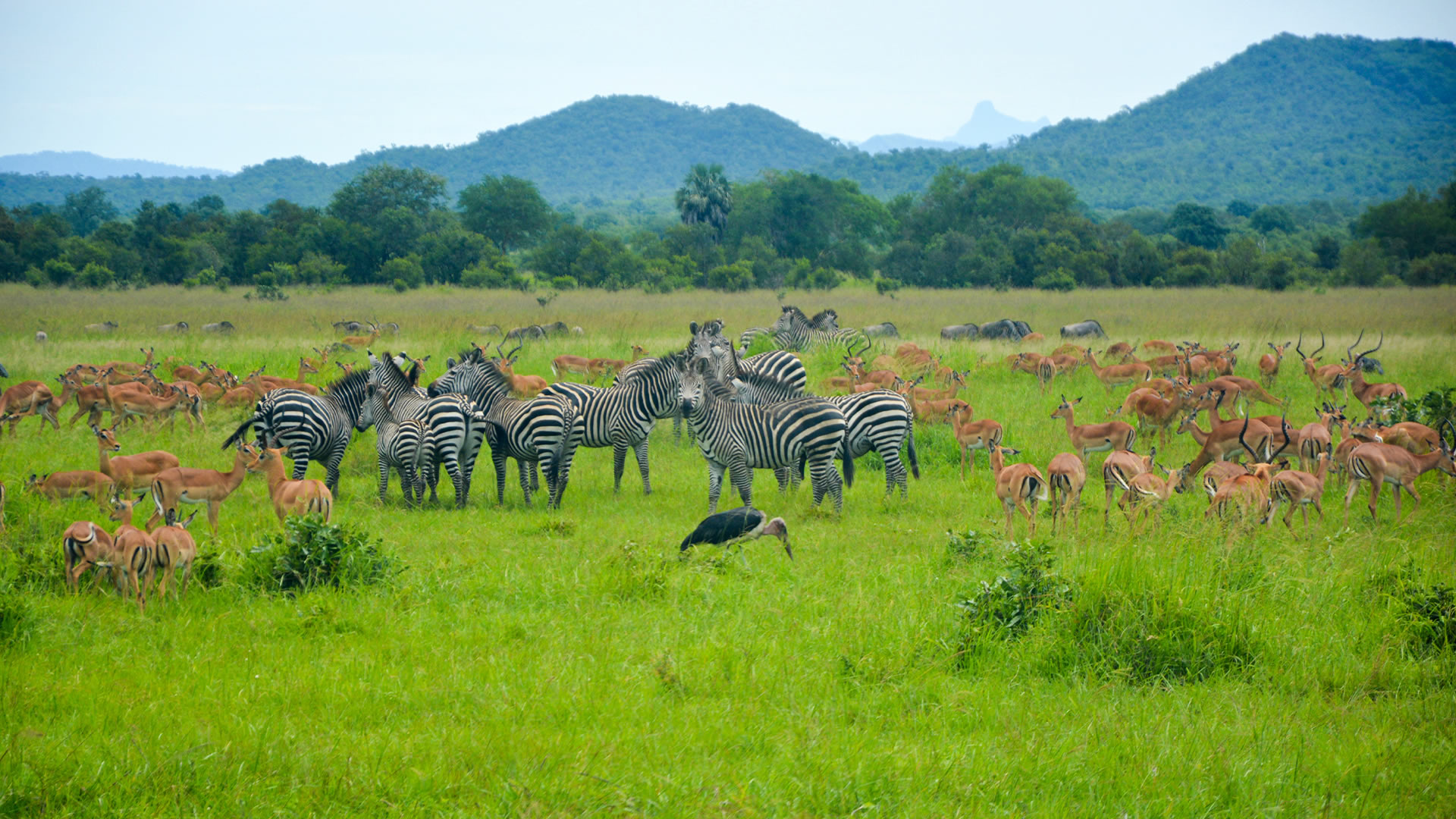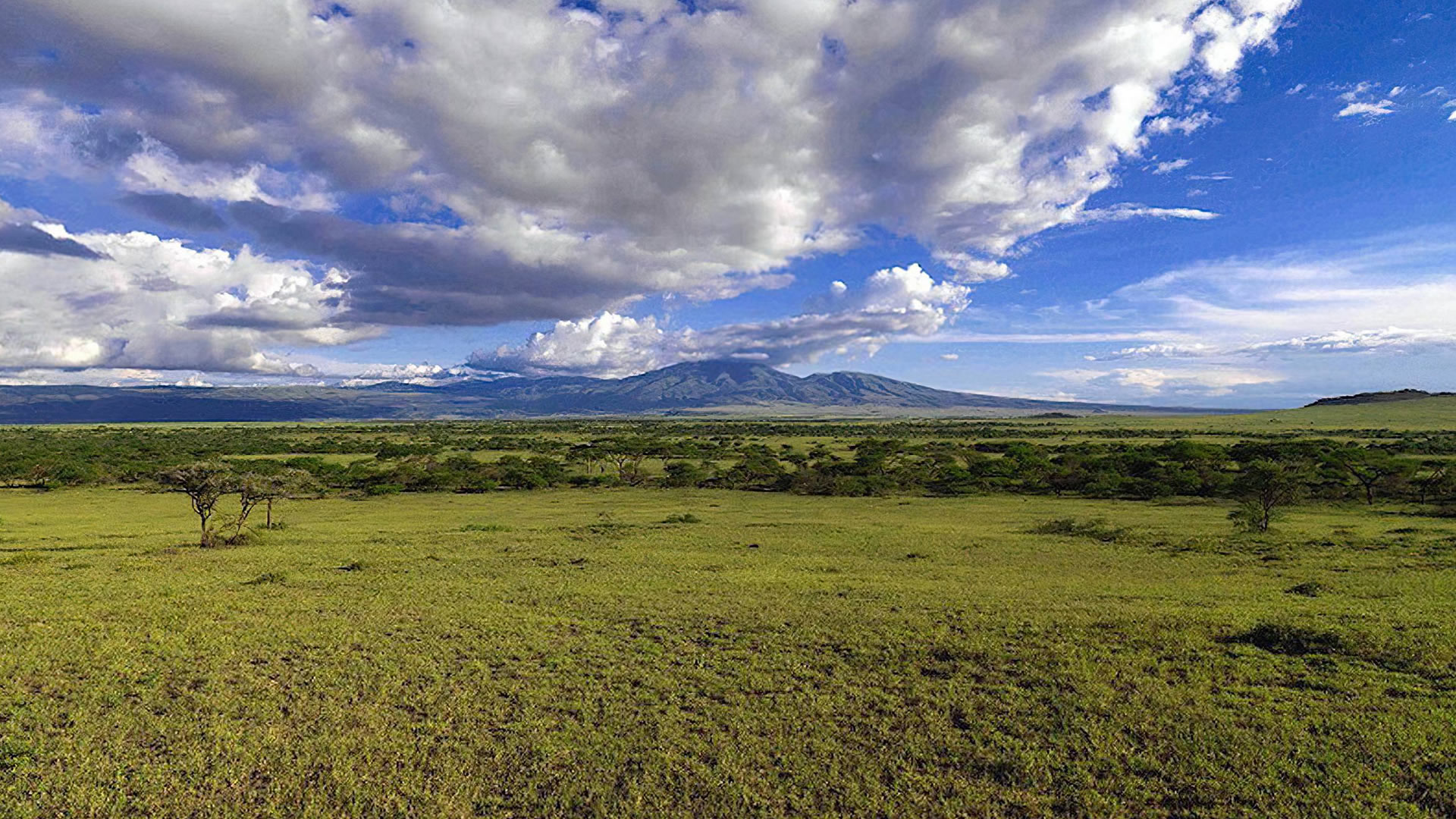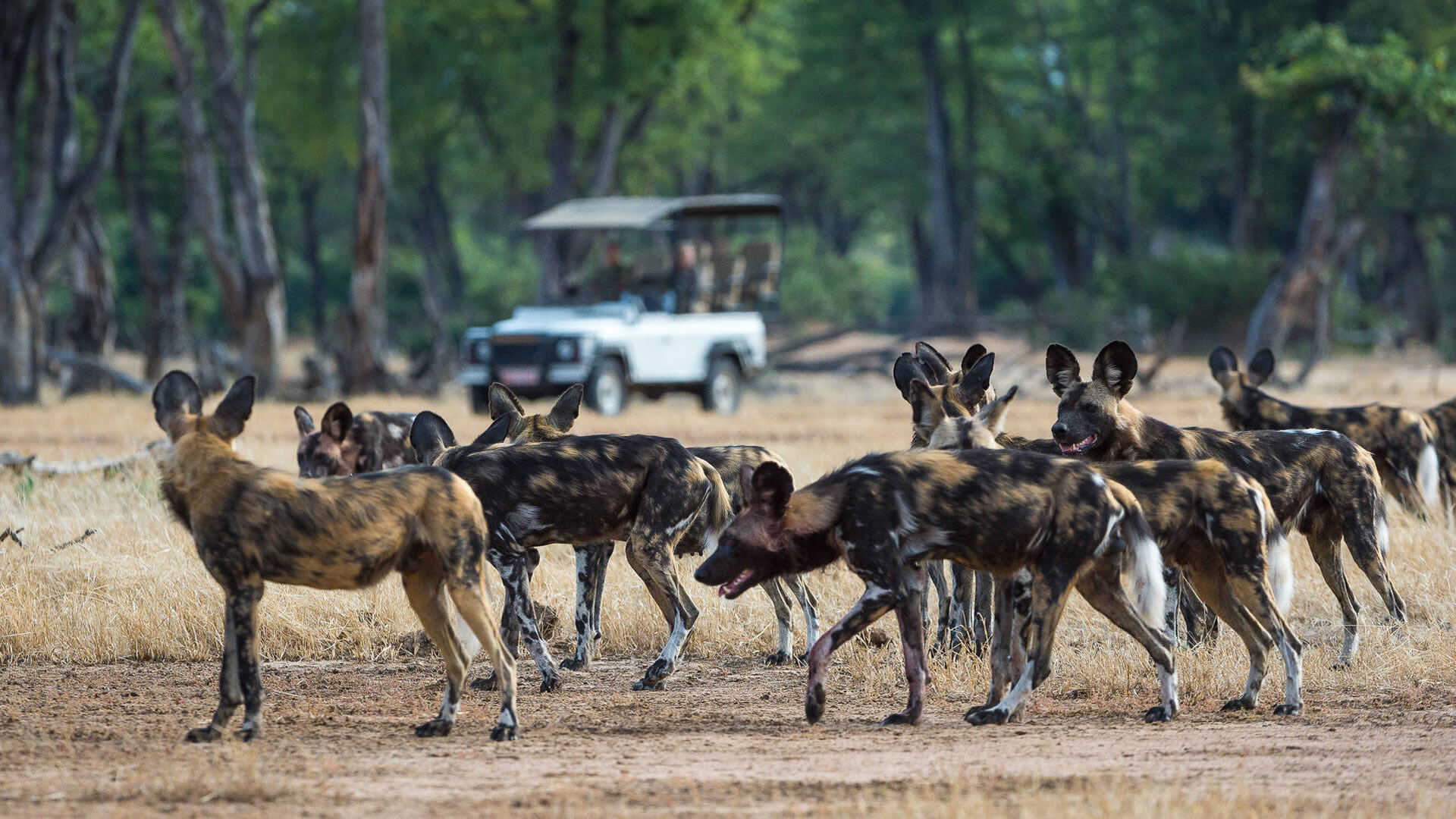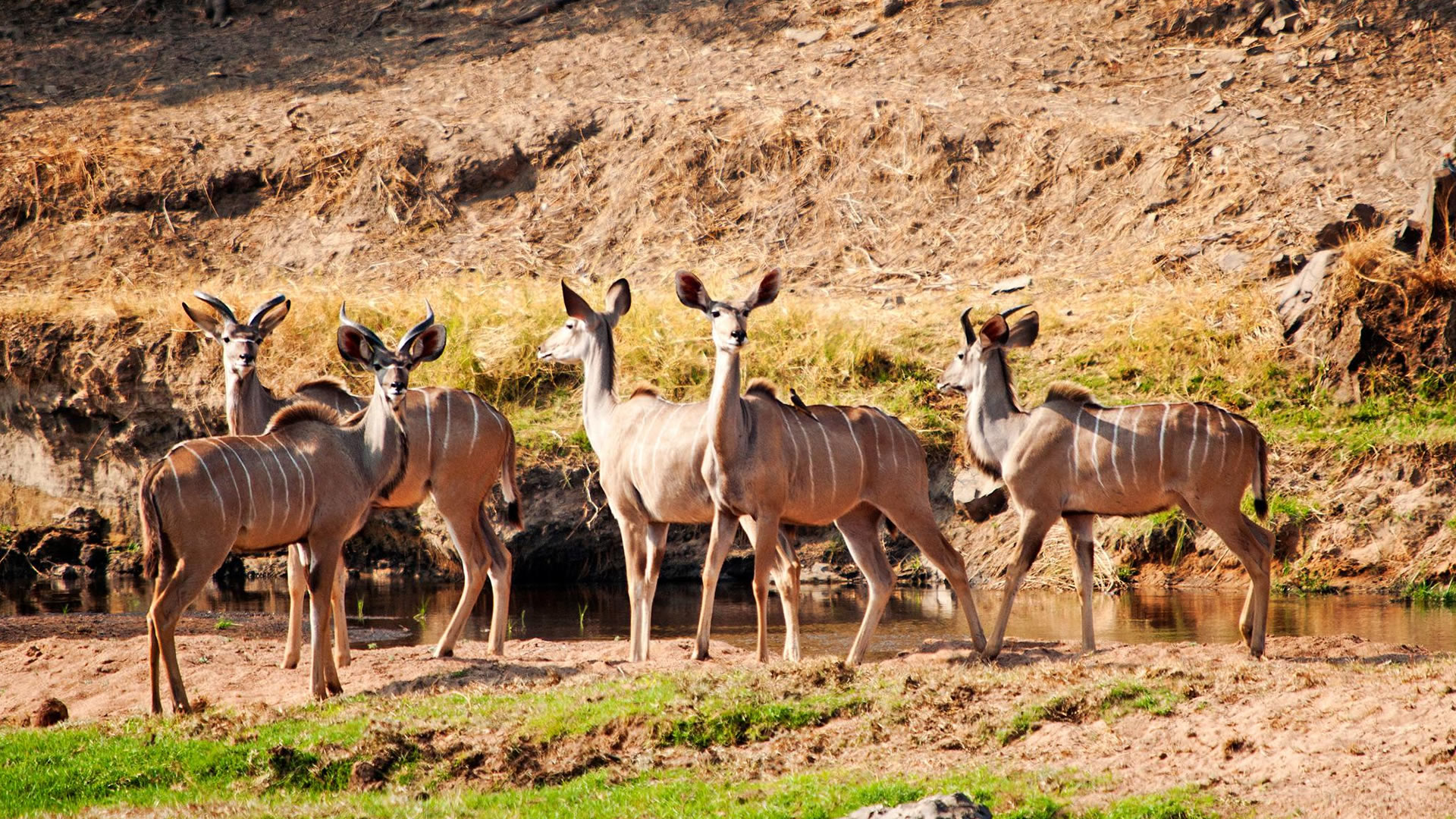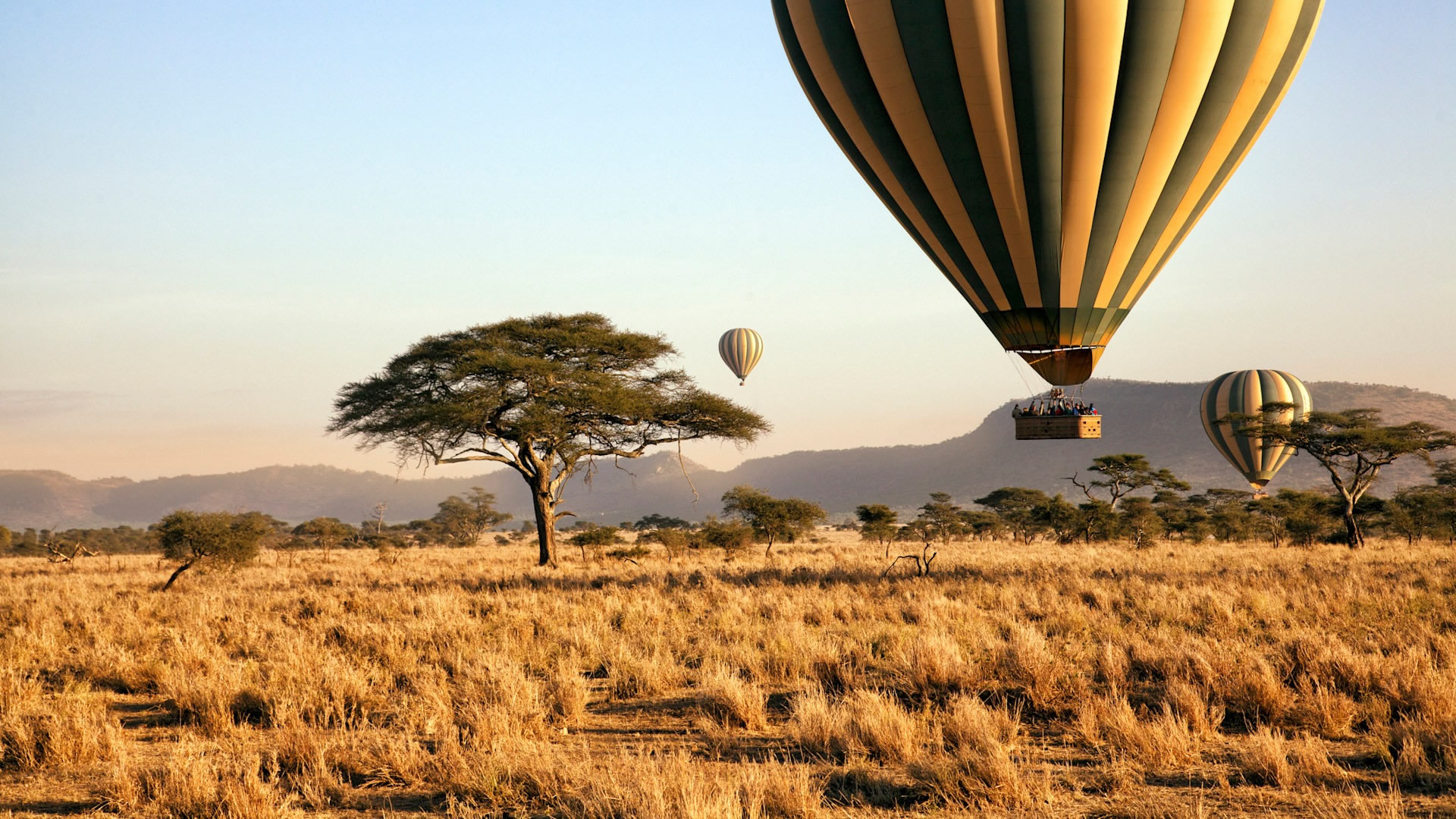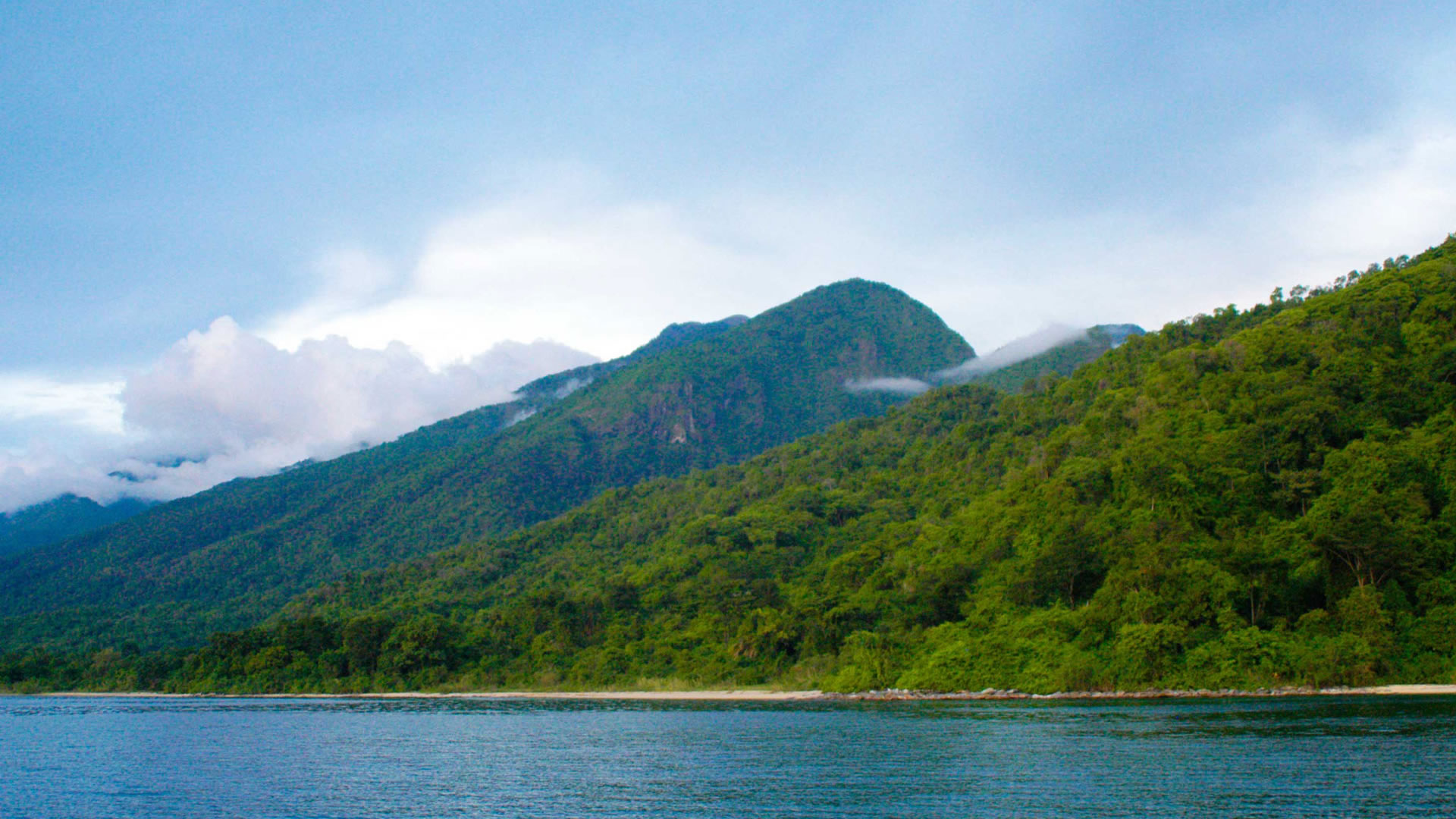
Mahale Mountains National Park
“The Magical Chimps Trekking Paradise"
Mahale Mountains National Park is located on the eastern shore of Lake Tanganyika in Uvinza District. The parks cover an area of 1500 sq km. The park is named after the Mahale Mountains, which border it. Mahale Mountains National Park has various unique characteristics compared to other parks that make it a worthwhile destination. The park is a mosaic of overlapping rainforests, bamboo, woodland, montane, and grassland. Mahale Mountains National Park is a haven for possibly 9 species of primates, which include (pied colobus, yellow baboons, two or three species of galago (bush babies), red colobus, vervet monkeys and blue monkeys). Mahale Mountains National Park is one of the two parks in Tanzania whose area is protected for chimpanzees with the other park (Gombe Stream National Park). The park is home to the largest population of approximately 700-1000 eastern chimpanzees, favoured by the park's remoteness.
Chimpanzees and lions co-exist within this magnificent park. Lake Tanganyika, the world's second longest and second deepest lake, is part of Mahale; it is one of the most diverse lakes in the world and home to about 400 species of fish, with an estimated 250 being cichlids. Mahale Mountains National Park is also a paradise for birdwatching lovers, as at least 337 species of birds are recorded in the park. Mahale National Park is also one of the few African parks that one cannot access by road. The only means of accessing the park is by boat via the lake, and once you are in the park, you trek on foot. Mahale Park is the perfect holiday destination for people who appreciate off-the-beaten-track. In his book On Safari, a famous author, David Anderson, stated, “ Mahale is an evolutionary triumph, where the clock seems to have stopped early, at the right time”.

The Mahale Mountains National Park Highlight:
Chimpanzees - The park is home to the largest population of approximately 700-1000 eastern chimpanzees.
Experience the Mahale Mountains National Park
Chimpanzees are the star attraction of Mahale Mountains National Park. The forests of this mountainous park are home to 900 chimps, and trekkers can visit the habituated Mimikere community, which includes about 75 individuals and has been studied by Japanese researchers since the 1960s. Mahale is also notable for its remote location on scenic Lake Tanganyika, the world’s longest contained freshwater body. The park incorporates a chain of wild, jungle-draped peaks towering to almost 2km/1mi above the shore of the azure water of Lake Tanganyika. The geography of this classic Rift Valley lake, with its steep escarpment and white, sandy beaches, is best appreciated on a cruise in a traditional dhow.
Best time to visit: Mahale Mountains National Park
Chimpanzee Trekking
Mahale National Park is home to approximately 700-1000 chimps, making it a top destination for trekking chimpanzees. With an accompanying guide, you will trek through the forest through designated trails in search of a group of habituated groups of chimpanzees. The trekking can take as short as 10 minutes or a few hours before encountering a group of these magnificent human-like creatures. You will spend an hour watching the chimps interact as they carry out their day-to-day activities. There is a limitation to the number of people visiting a group of habituated chimpanzees, usually 6 people. Trekking in Mahale is a strenuous experience and is not for the faint-hearted. Trekking can take between 1 and 6 hours and involves harsh terrain. Therefore, it is a requirement for one to be fit before booking this experience.
Wildlife Experience
Mahale is a haven for possibly 9 species of primates, which include (pied colobus, yellow baboons, two or three species of galago (bush babies), red colobus, vervet monkeys and blue monkeys.) Mahale is one of the two parks in Tanzania whose area is protected for chimpanzees with the other park (Gombe Stream National Park). The park is home to the largest population of about 700-1000 eastern chimpanzees, favoured by the park's remoteness. Chimpanzees and lions co-exist within this magnificent park. Other wildlife include Hippos, crocodiles,roan and sable antelopes, mongoose and rare animals (giraffes, Zebras, leopards, buffaloes, elephants and lions).
Birdlife
Mahale is also a paradise for birdwatching lovers; at least 337 species of birds are recorded in the park. Some of the birds include Crested Guineafowl, African Olive Pigeon, Scaly Francolin, Red-Eyed Dove, African Palm Swift, Jacobin Cuckoo, Ross Turaco, Great White Pelican, Cattle Egret, Goliath Heron, Long- Tailed Cormorant, Water Thick-knee, Black-winged Stilt, African Jacana, Common Ringed Plover, Osprey, Gull-billed Tern, Bateleur, Crowned Eagle, Black Kite among others.
Best time to visit
Mahale Mountains National Park is an all-year-round destination. The best times to visit the park are from June to October, and December to February are excellent times to visit the park. July to September is the winter season, and the months are the driest; they are the best for chimpanzee trekking and mountain climbing. It is easier to spot the chimps between June and July as they feed close to the lodges
Getting There?
By Air: One can access the park by air using chartered flights. Several aviation companies, such as Safari Air Link, Coastal Aviation, Air Excel and Zantas Air, provide flights to Mahale from all major cities, towns and national parks. Flight from Arusha and Dar es Salaam take about 3-5 hours to Mahale Airstrip. However, there are no regular scheduled flights during low tourist seasons; private charter flights are arranged upon request.
By Road: Mahale Mountains is accessible by road from Arusha to Kigoma. Due to harsh road conditions, especially during the rainy season, the only means of getting there is by boat. The journey by road takes at least 2-3 days. Mahle Park is accessed by a road from Kigoma Town covering approximately 128km, about a 5-hour drive.
By Boat: You can access the park by cruising on a large steamship, MV Liemba, from Lake Tanganyika to Lagosa Point. The ship takes approximately 9-10 hours. Later, connect with another smaller boat, which takes about 30 minutes to cruise to the park. The big ship travels twice a week. Furthermore, one can hire a local boat from the Rukoma and Mgambo villages or a pickup from Lagosa Point by your accommodation hosts.



